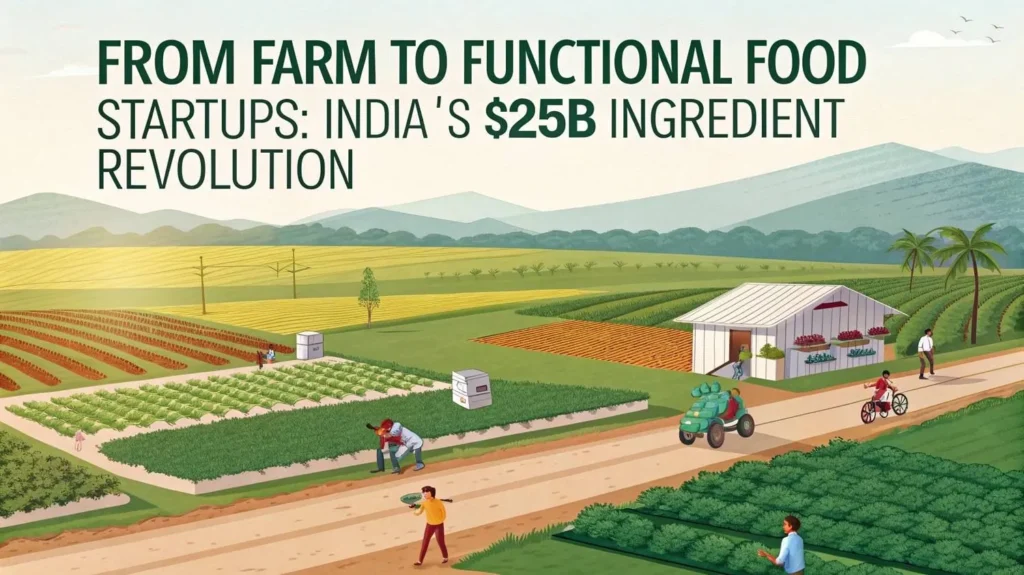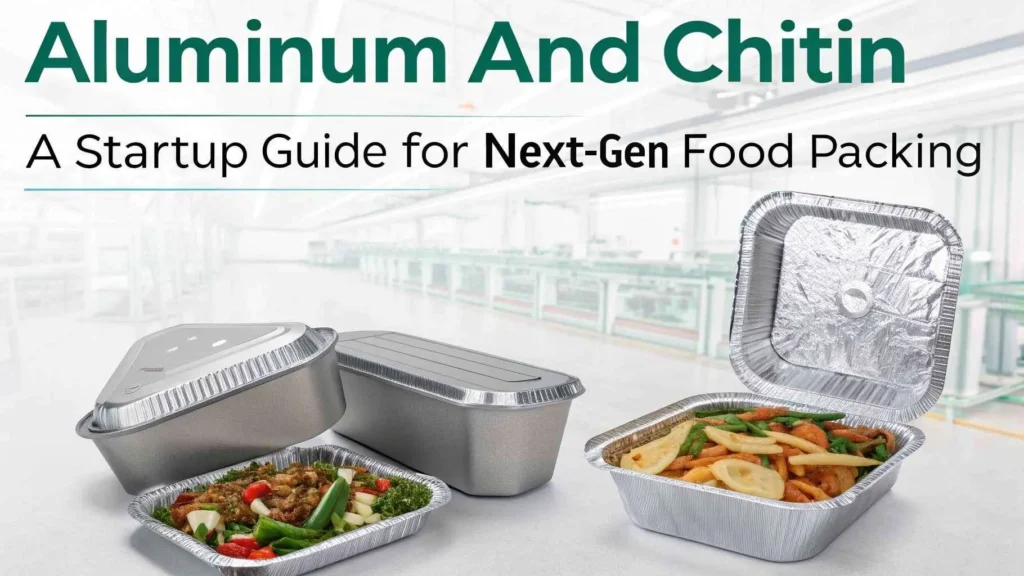Corn flakes have become one of the most popular breakfast options across the globe. With rising health awareness, the demand for nutritious and ready-to-eat food items like corn flakes continues to grow. Establishing a Corn Flakes Manufacturing Plant is a profitable venture that combines food technology with efficient business planning. This guide explores all crucial aspects needed to start and run a successful manufacturing unit.
Understanding the Corn Flakes Manufacturing Process
To build a successful Corn Flakes Manufacturing Plant, understanding the process flow is essential. The basic manufacturing of corn flakes involves several steps starting from raw corn cleaning to final packaging. It begins with sourcing high-quality maize, which is then cleaned and conditioned for flaking. The grains are cooked under controlled steam pressure and dried to the required moisture level. Once dried, they are rolled into flakes, toasted until crispy, and then cooled. After that, sugar or other flavoring agents may be sprayed before final packaging.
Each stage in the process must follow strict hygiene and quality controls. Any deviation can affect the shelf life and taste of the product. Therefore, investing in semi-automated or fully automated machines helps maintain consistency and improves overall productivity.
See Also : Baby Diaper & Sanitary Napkins
Market Potential and Business Scope
The growing urban lifestyle and fast-paced routines have created a strong demand for ready-to-eat breakfast options. This has led to an increased consumption of corn flakes in households, hotels, hospitals, and even in airlines. As a result, the Corn Flakes Manufacturing Plant has immense potential in both domestic and export markets.
Moreover, health trends like gluten-free diets and low-fat consumption have encouraged producers to launch new variants. Adding value with ingredients like honey, nuts, or vitamins can widen your customer base. Tapping into niche markets with health-conscious variants can ensure consistent growth for your brand.
Location and Infrastructure
Choosing the right location plays a critical role in the success of your plant. Proximity to raw materials, easy transportation access, and availability of utilities like water and electricity should be your top priorities. The Corn Flakes Manufacturing Plant should be set up in an industrial zone approved by the local government. You will need a minimum of 2,000 to 5,000 square feet of area to start with small-scale production.
The building must be divided into separate sections for raw material storage, processing area, packaging unit, and finished goods warehouse. Maintaining hygiene and safety standards in all zones is mandatory. Proper drainage, ventilation, and fire safety mechanisms must also be incorporated during the plant design phase.
Machinery and Equipment Required
The machinery used in the production process should be food-grade certified and capable of operating for extended hours. Key equipment for a Corn Flakes Manufacturing Plant includes:
-
Maize cleaner and destoner
-
Cooking unit (pressure steam cooker)
-
Flaking rollers
-
Roasting/toasting oven
-
Dryer and cooling system
-
Sugar coating machine (optional)
-
Packaging machines (vertical or horizontal form-fill-seal machines)
Investing in semi-automated lines reduces labor costs and enhances efficiency. For large-scale operations, fully automated machines are advisable. Always choose machinery from reliable manufacturers that offer warranty, after-sales service, and training support.
Raw Materials and Ingredients
The primary raw material for corn flakes is maize. It must be of superior grade and free from impurities. Other ingredients include sugar, salt, malt extract, vitamins, and flavoring agents. If you plan to introduce flavored or fortified corn flakes, additional ingredients like cocoa, honey, dried fruits, or edible oils may be required.
Make sure all raw materials meet FSSAI and food safety regulations. Establish long-term contracts with trustworthy suppliers to ensure timely availability and price stability.
Manpower and Staffing
A small to medium Corn Flakes Manufacturing Plant typically needs 10–15 workers. These include machine operators, helpers, technicians, quality control personnel, and packaging staff. As your operations grow, more skilled professionals will be needed in departments like production planning, procurement, logistics, marketing, and finance.
Conduct regular training programs to keep your staff updated with the latest production methods and safety protocols. Productivity and product quality improve significantly with a trained and motivated workforce.
Licenses and Regulatory Approvals
Before commencing production, you must obtain several legal licenses and registrations. These include:
-
Company registration (as LLP, Pvt. Ltd., or Proprietorship)
-
FSSAI food license
-
Factory license
-
Pollution control board clearance
-
GST registration
-
Trade license from the local municipal authority
-
Fire safety certification
-
Trademark registration (for your brand name)
Compliance with food safety laws ensures smooth functioning and builds trust among customers and distributors.
Financial Investment and Cost Structure
The capital required to start a Corn Flakes Manufacturing Plant depends on the production capacity and scale of operations. A small-scale unit can be started with ?25–?40 lakhs, while a medium-sized plant may need ?75 lakhs or more. Here’s a basic cost breakdown:
-
Land and building lease or construction: ?10–?15 lakhs
-
Machinery and equipment: ?20–?30 lakhs
-
Raw materials and ingredients: ?5–?10 lakhs
-
Staff wages and training: ?2–?5 lakhs
-
Marketing and branding: ?2–?5 lakhs
-
Licensing, consultancy, and contingencies: ?5 lakhs
You can also explore MSME loans, startup funding, or government subsidies to reduce the financial burden. Proper budgeting and cost control practices are crucial for long-term profitability.
Packaging and Distribution
Attractive packaging adds great value to any food product. Corn flakes should be packed in moisture-proof, hygienic materials that preserve crispiness and flavor. Common packaging formats include laminated pouches, plastic boxes, and cartons with inner foil wrapping.
Labeling must mention nutritional facts, manufacturing and expiry dates, batch numbers, and usage instructions. The Corn Flakes Manufacturing Plant must have efficient logistics to ensure timely delivery to retailers, wholesalers, supermarkets, and online platforms.
You can also collaborate with large retailers, schools, or airlines for bulk supply contracts. E-commerce platforms like Amazon or BigBasket offer a wide audience for packaged food products.
Marketing and Branding Strategies
For a new corn flakes brand to succeed, marketing is just as important as manufacturing. Build your brand identity with a memorable name, attractive logo, and value-driven message. Launch your product with free samples or discounts to gain initial customer feedback.
Digital marketing, influencer tie-ups, and health awareness campaigns work well for breakfast cereals. Focus on the health benefits and quality of your product to build consumer trust. A well-designed website, presence on social media, and listing on food aggregator apps will enhance your brand visibility.
You can also participate in food expos and trade fairs to connect with distributors and potential buyers. Constant customer engagement and feedback collection help in product improvement and innovation.
Challenges in the Business
Starting a Corn Flakes Manufacturing Plant is promising, but it comes with challenges. Intense competition from established brands, rising raw material prices, and changing consumer preferences are major concerns. To tackle these issues, you must continuously innovate and optimize your processes.
Maintaining quality across batches, handling logistics in multiple regions, and complying with food safety regulations also require attention. However, strong planning, good vendor relationships, and technology adoption will help overcome most hurdles.
Sustainability and Future Outlook
As environmental awareness grows, adopting sustainable practices adds value to your brand. Use biodegradable packaging, implement energy-saving machines, and minimize food waste. Highlighting eco-friendly practices in your branding can attract conscious consumers.
The future for the Corn Flakes Manufacturing Plant looks bright, with evolving tastes and rising incomes. By focusing on health, quality, and customer engagement, new brands can easily find a place in the competitive market.
See Also : New Business and Earn Profit
Conclusion
In conclusion, setting up a Corn Flakes Manufacturing Plant is a rewarding business if approached with clarity and determination. With increasing health concerns and demand for quick breakfast solutions, the market offers abundant opportunities. From selecting the right location and machines to building a strong brand, every step plays a crucial role in the plant’s success. By staying updated with trends and maintaining top-notch quality, you can scale your business and cater to both local and international markets.




